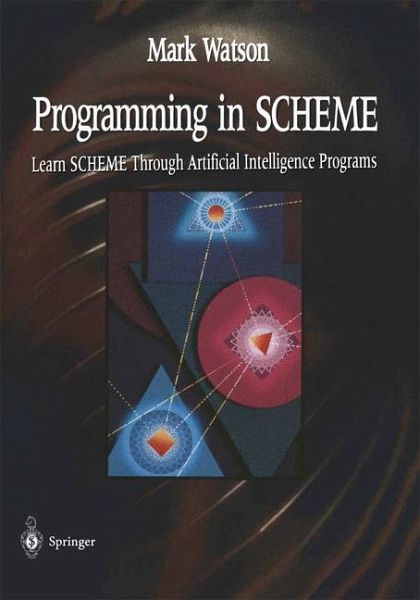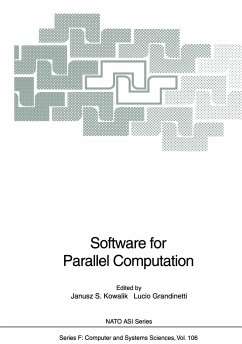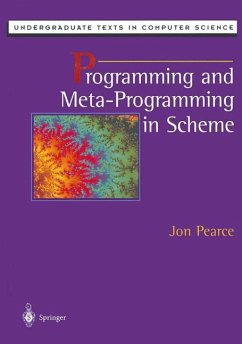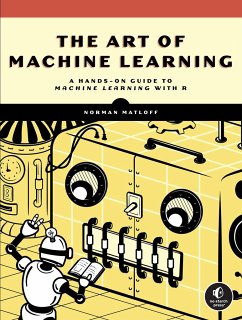
Programming in SCHEME
Learn SHEME Through Artificial Intelligence Programs

PAYBACK Punkte
33 °P sammeln!
Scheme provides a flexible and powerful language for programming embodying many of the best features of logical and functional programming. This enjoyable book provides readers with an introduction to programming in Scheme by constructing a series of interesting and re-usable programs. The book includes two diskettes containing MIT Scheme to run on Windows PCs.














